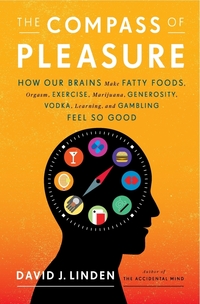
During the late 19th century, the pharmaceutical company Bayer gained prominence for its production and distribution of various medications. One such product was heroin, which at the time was considered a breakthrough in the field of medicine. Initially, Bayer held the trademark for the word “heroin” and marketed it as a remedy for common ailments like coughs and headaches.
Heroin, derived from morphine, was synthesized by Bayer’s chief chemist, Felix Hoffmann, in 1897. The company saw potential in the drug due to its potent pain-relieving properties. As a result, Bayer introduced heroin as an over-the-counter medication, widely available for purchase without a prescription.
The marketing campaign for Bayer’s heroin emphasized its effectiveness as a cough suppressant, particularly for children. It was positioned as a safer alternative to traditional cough remedies, such as codeine-based preparations. The company touted the drug’s ability to alleviate coughing and soothe headaches, presenting it as a versatile solution for common respiratory and pain-related issues.
During this period, the potential risks and addictive nature of heroin were not yet fully understood or acknowledged. Consequently, the public and medical professionals had limited awareness of the dangers associated with its use. As a result, heroin gained widespread acceptance and popularity as a household remedy.
It wasn’t until the early 20th century that the harmful effects and addictive nature of heroin became more widely recognized. As scientific understanding advanced, the medical community and regulatory authorities began to realize the detrimental consequences of its unrestricted availability. Subsequently, heroin was classified as a controlled substance, leading to stricter regulations and eventually its removal from the market as an over-the-counter medication.
The case of Bayer’s involvement in the marketing and distribution of heroin as a cough and headache remedy serves as a historical reminder of the evolving understanding of drugs and their effects. It highlights the importance of scientific research, regulatory oversight, and responsible pharmaceutical practices in ensuring public health and safety.


